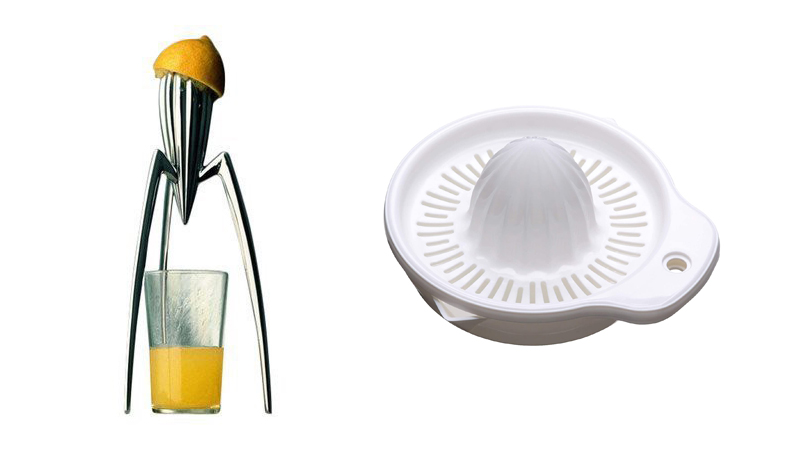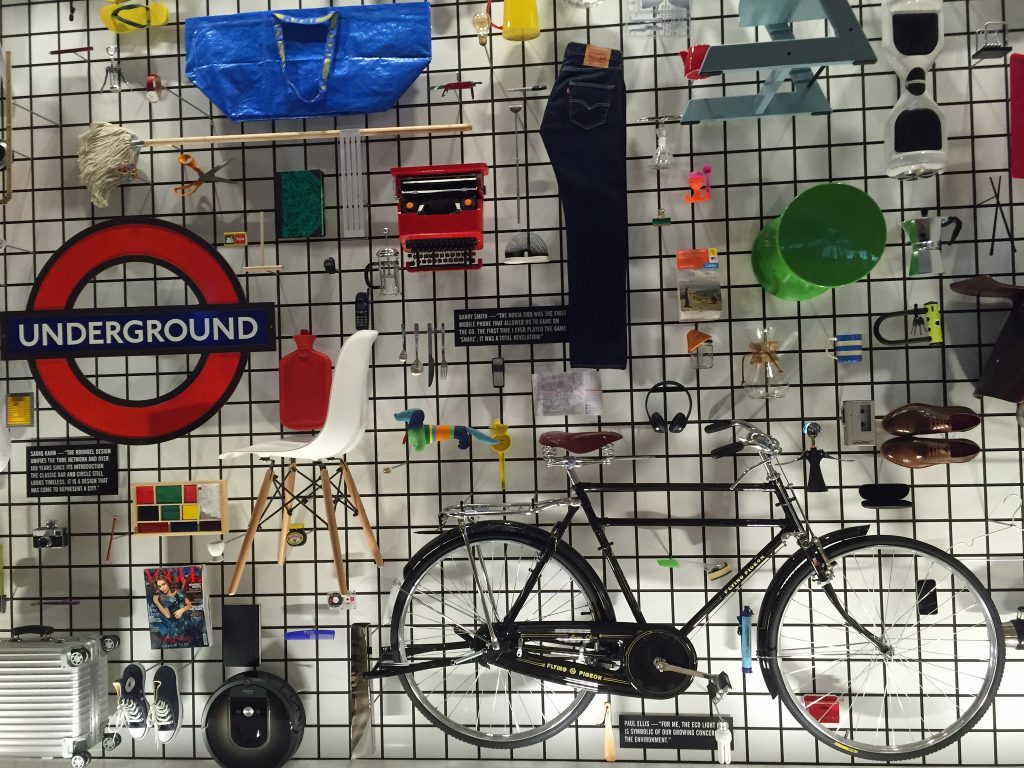Like most museums, The Design Museum, where I have been part of the learning team for almost a decade, builds its schools’ programme around handling collections. Constructing learning activities based on handling objects seems to me especially pertinent in a museum context: young people on a museum visit are surrounded by objects that spark their curiosity, yet the prevailing ‘Don’t touch!’ warning hampers their natural instinct to fully engage and explore. Imagine the delight when walking in to a room where the main instruction is: ‘Go ahead, touch!’
Design at its core is about the relationship between User and Thing. You can look at a chair on display for five minutes and learn very little about this aspect of its design; sitting on it for one will tell you a lot more.
I love teaching with objects. Observing students’ journey of discovery while holding an item, assessing its materiality, working out its function, its fabrication, the joy and surprise in revealing the unexpected. Through objects, concepts that may otherwise feel abstract become much easier to, quite literally, grasp.

When it comes to learning from objects, Philippe Starck‘s Juicy Salif is a favourite of mine. An intriguing form, many young people would never have seen it before and are immediately drawn to it – What is it? A head massager? An insect? An alien? Its sensuous tactility invites touch, its ambiguous functionality sparks joyous guessing. But it is also a wonderful opportunity to talk about the role of design in our world. Juicy Salif retails for just under £50. Since its launch in 1990 it has consistently maintained its status as a bestselling item – there is no question people love it. Yet in my sessions I also invite students to have a go at thinking what might not be so great about this juicer, and they are quick to list its shortcomings: it can only fit a limited size cup for collecting the juice, juicing can get messy, it is unstable when pressure is applied, is hard to store, can scratch the surface with its sharp legs, doesn’t keep the pips out of the juice… When compared for functionality with a cheap plastic juicer bought in a Pound Shop, it doesn’t really stand a chance.
So why do people love it so much?
The discussion about form and function is essential to understanding design. It is also an important step in accepting there is no definite answer: sometimes form takes the fore, other times function, often both work seamlessly together. But we must acknowledge that people may be drawn to an object because it is desirable, looks unique, makes them feel good, perhaps communicates to others that they are fashionable, worldly and original. As we establish in our workshops, people most probably don’t rush home to make batches of lemonade with their newly purchased Juicy Salif. Students understand and are eager to point out that it is more likely to be displayed on a shelf for all to see, never to be used as a functional kitchen utensil. And understandably, sometimes students are outraged by this, which can be used as a catalyst to defining their own criteria for good design.

The crowd sourced wall at the Design Museum in London showcases over 200 objects nominated by people all over the world to represent what they deemed the ‘most important things’ worthy of being displayed at the entrance to the Museum’s permanent exhibition. Whether a Coke can, a chair, an IKEA carrier bag or a pair of rubber gloves – each object is an opportunity for discussion, debate and learning.
You can make your own suggestion for an object you think should be featured on the wall here or use the Museum’s lesson plan to create your own class-sourced collection of objects. Everyone owns at least one thing – from pen to coffee pot to game controller to a pair of shoes – that they love, or hate, or can’t live without. Using these can be a wonderful, personal way to enhance learning and develop critical thinking and evaluating skills.
![]() Or you could start with something you have knocking about on your desk, like the humble paper clip. So many learning opportunities in one small piece of bent wire!
Or you could start with something you have knocking about on your desk, like the humble paper clip. So many learning opportunities in one small piece of bent wire!
